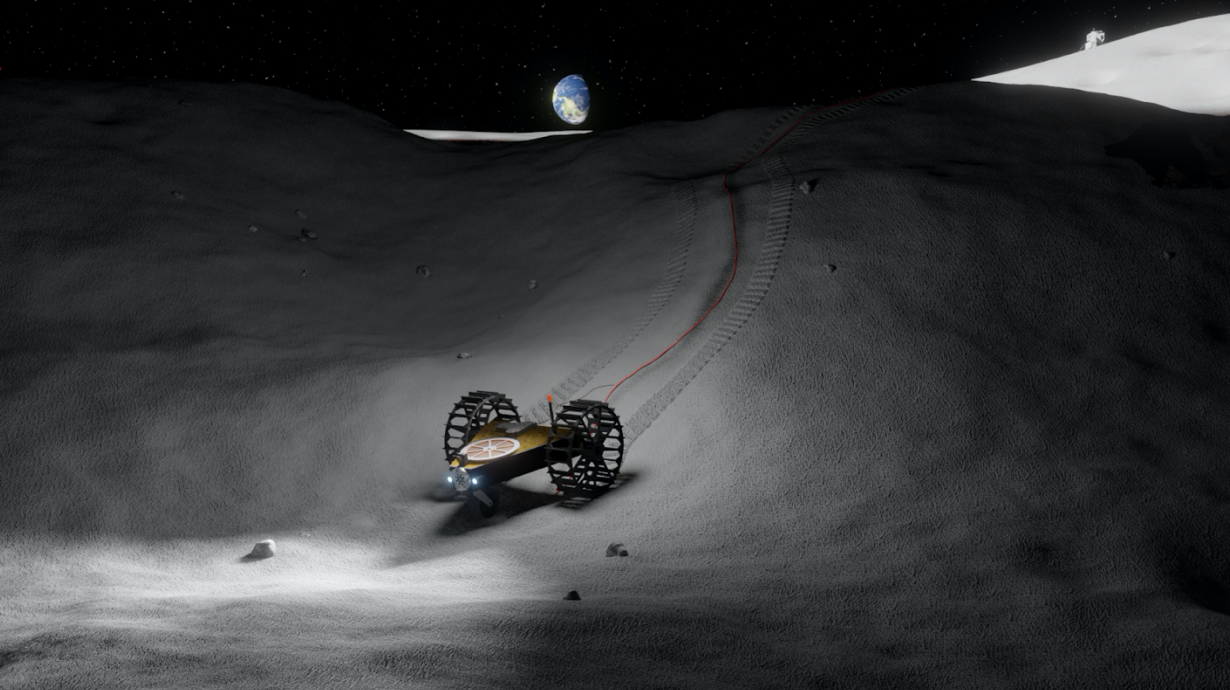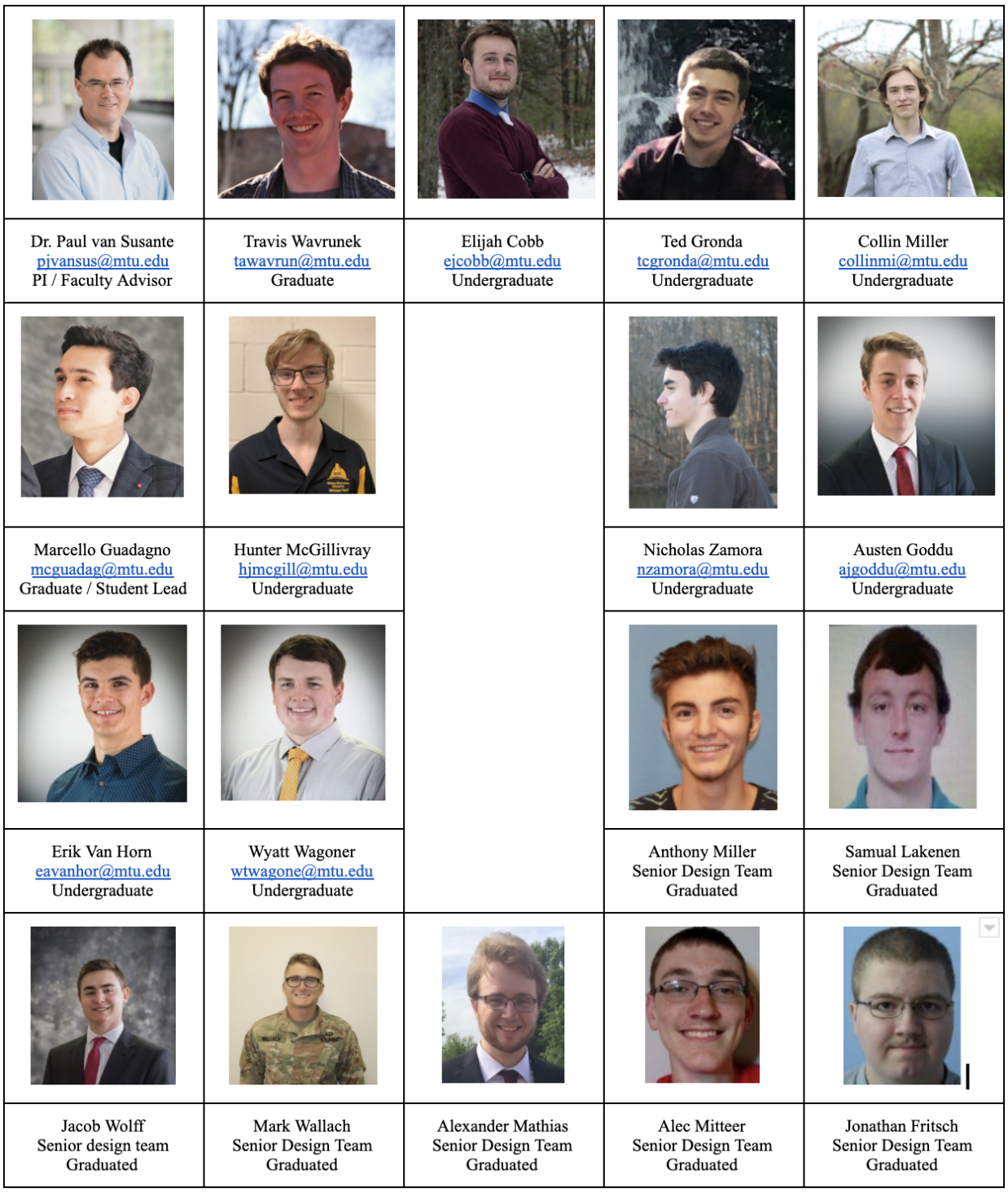“The dark side of the Moon” is sometimes used to describe mysterious things. Though the far side of the Moon isn’t actually dark, there are some areas on the Moon that haven’t seen the Sun in billions of years. Those are the unexplored areas university students aimed to help NASA reach.
Eight teams presented their lunar exploration technology concepts and prototypes at the Breakthrough, Innovative and Game-changing (BIG) Idea Challenge virtual forum Jan. 6-7, 2021. Despite the unexpected challenges imposed by the pandemic, the teams worked remotely and completed their projects on time.
“Exploring extreme lunar environments is a formidable challenge,” said Jim Reuter, associate administrator for NASA’s Space Technology Mission Directorate (STMD). “That’s why NASA is engaging the brightest minds of the Artemis generation to develop concepts that align directly with current space technology focus areas and capability needs.”
NASA judges ranked the teams’ technologies based on criteria outlined in the challenge rules. NASA Administrator Jim Bridenstine announced the challenge’s top honor, the Artemis Award, to Michigan Technological University for their Tethered-permanently shadowed Region Explorer technology.
“We were ecstatic to be awarded the Artemis Award and honored that Adminstrator Bridenstine was there to hand the award out himself,” said Paul van Susante, Ph.D., Michigan Technological University’s faculty advisor and head of the school’s Planetary Surface Technology Development Laboratory. “We have a very young team of mostly undergraduate students who were very enthusiastic and motivated. I was incredibly impressed how quickly they shifted to work through the challenges posed by the COVID-19 pandemic and we plan on continuing our work to develop this concept further.”
“We spent day and night testing our Moon rover technology in facilities which we built for scratch for the BIG Idea Challenge. We had a job to do and we got it done,” added Marcello Guadagno, MTU’s team lead. “This technology can play a key role in enabling a sustainable human presence on the Moon. We are proud to be part of the Artemis Generation.”
The judges cited teams for other superlatives, including:
- Collaboration Award – Colorado School of Mines with University of Arizona
- Best Technical Poster – University of Virginia
- Best Technical Paper – Dartmouth College
- Science Vision Award – Pennsylvania State University
- Best Technical Demonstration – University of Virginia
- Path to Flight Award – Massachusetts Institute of Technology
- Innovation Award – Arizona State University
- Most Creative Concept – Northeastern University
Through the competitive BIG Idea Challenge and the National Space Grant and Fellowship project, NASA awarded nearly $1 million in February 2020 to eight university teams in amounts ranging from $83,000 to $163,900. The students used the money to develop and test innovative technologies to explore and collect data from some of the Moon’s harshest environments.
To provide realistic design parameters for technology payloads, teams were required to design their concepts based on the lunar surface delivery capabilities of the commercial providers eligible to bid on delivering payloads for NASA via the Commercial Lunar Payload Services (CLPS) initiative.
Studying permanently shadowed regions in or near the Moon’s poles could help improve understanding of the Moon’s history and composition. When NASA lands the first woman and next man at the Moon’s South Pole with the Artemis program, new technologies will be needed to allow astronauts to live and work on the Moon for extended missions.
“Some places on the Moon never see the light of day, but the work that these students performed for this challenge will certainly have its time in the Sun,” said Mike Kincaid, NASA’s associate administrator for the Office of STEM Engagement. “These teams put not only their brains but their hearts into their concepts and prototypes, and we look forward to sharing their creative ideas and learning from their efforts.”
The 2020 BIG Idea Challenge is sponsored by NASA through a collaboration between the STMD’s Game Changing Development program and the Office of STEM Engagement’s Space Grant and Fellowship project. The challenge is managed by the National Institute of Aerospace.
The teams’ presentations, technical papers, and digital posters are available on the BIG Idea website:
http://bigidea.nianet.org/competition-basics/2020-forum-results.
To learn more about other Artemis student challenges, visit:




























